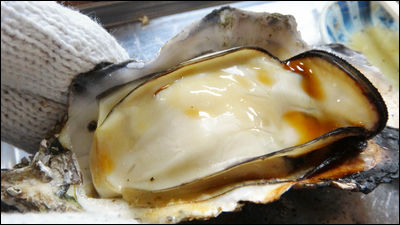Why are oysters stopping the storm surge?

Speaking of oysters, they are shellfish that are also called 'sea milk' because of their tight body, rich flavor, and rich nutrition. The American news media Vox explains in a movie the 'ability to stop the storm surge' that such a persimmon has.
New York, the largest city in the United States, has many specialties such as the Statue of Liberty , the I Love New York logo, Times Square , and the yellow cab , a yellow-bodied taxi ...

Oysters were more famous than anything else. New York was famous for producing oysters from the 1600s to the 1800s.

In modern times, hot dog stands are lined up on each street, but at that time, oyster stands were lined up.

The coastline around New York was said to be distributed with

At that time, the oyster reefs were so widespread that ships had to avoid the oyster reefs.
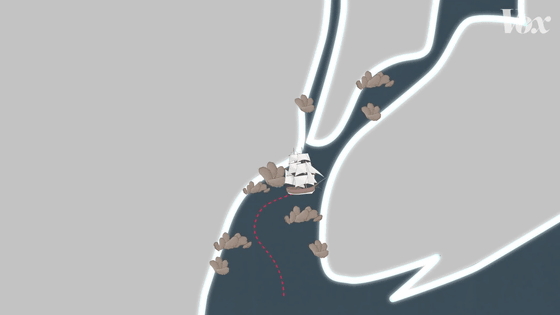
However, in modern times, ships are free to navigate the suburbs of New York. The reason is that the oysters have been eaten up at a tremendous pace.

Persimmons have been eaten up not only in the suburbs of New York. Experts estimate that 85% of the world's oyster reefs were lost in the 200 years from 1800 to 2000.

For this reason, attempts to revive oyster reefs have been active in recent years.

The reason behind this is that oysters are not only delicious, but they may actually play an important role in 'preventing storm surges.'
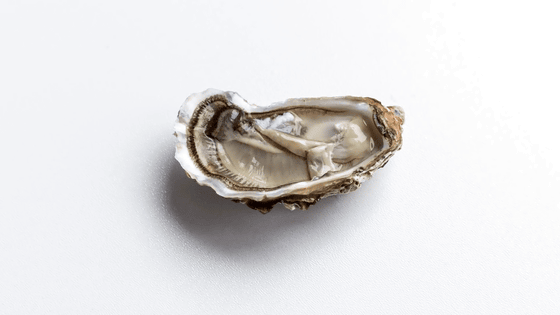
In recent years, the sea level has continued to rise due to the acceleration of global warming, and it is said that half of the existing coastline may sink into the sea. As a result of the increased erosion along the coast, not only is the ground unstable, but some areas are beginning to suffer damage.

Oysters are here. Oysters live in the ocean literally sticking to each other.
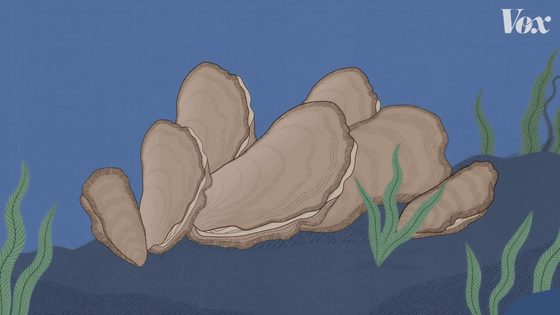
Newly born oyster larvae move underwater and then attach to hard substrates such as rocks and shells. This phenomenon is called 'Spat' in English, and in most cases, the base on which it adheres is another oyster.
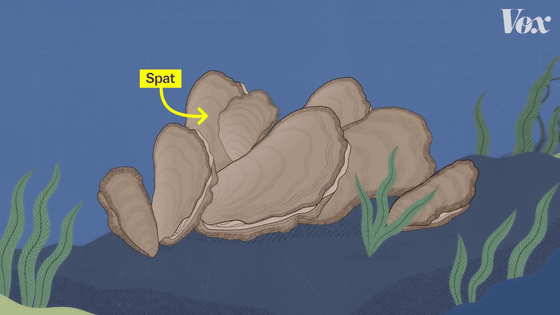
As a result of this Spat being repeated over and over again, oyster reefs are formed.
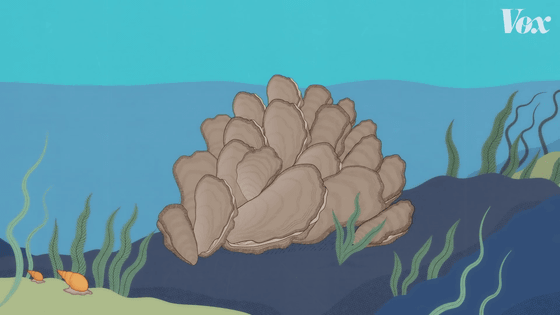
Sometimes and in some cases, this oyster reef serves to protect the coastline. If the waves coming to the coastline hit the oyster reef directly, some of the waves will be pushed back and the waves that actually reach the coastline will be weakened. As a result, coastline erosion rates are believed to be reduced.

Of course, the larger the oyster reef, the stronger the effect of reducing waves, so the size of the oyster reef becomes important, but unlike the breakwater made by humans, the oyster reef 'goes up without permission'. It has the convenient property of 'growing up'.
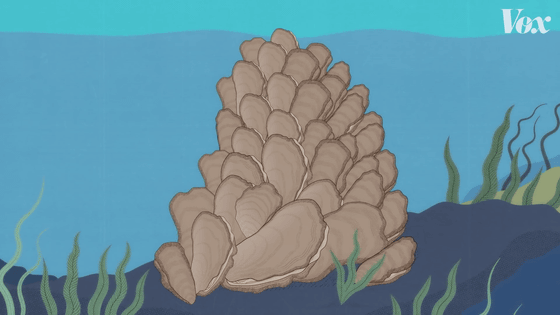
Various groups around the world are trying to restore oyster reefs, but this is not as simple as 'throwing oysters into the sea.' For the formation of oyster reefs, a rigid foundation is required.
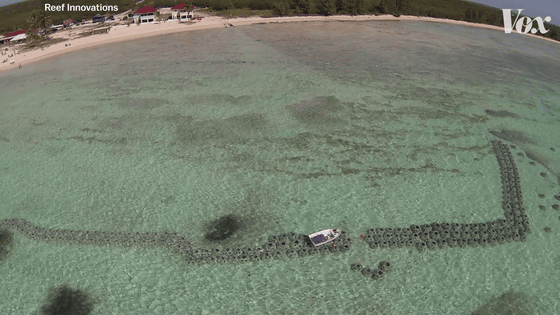
In New York, there are groups that try to use oyster shells after eating as a hard base ...
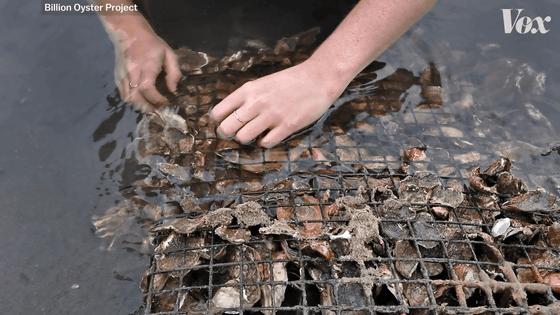
In Bangladesh and elsewhere, there are groups that line up concrete structures on the coastline where oysters tend to adhere.
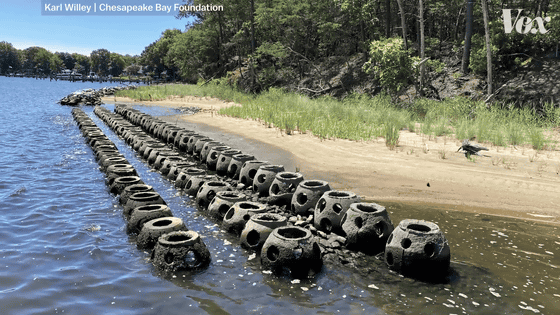
This concrete structure itself serves as a breakwater, so it is two birds with one stone.
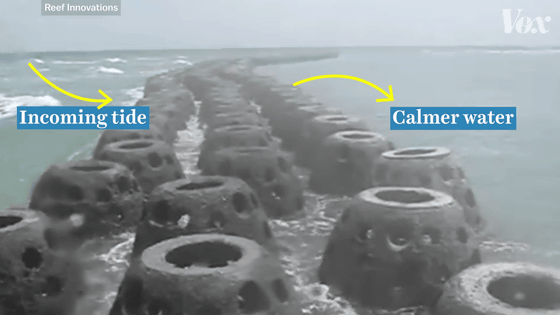
You might be asked, 'If you install a concrete structure, you don't have to think about oysters?', But oyster reefs are important for the restoration of marine ecosystems like coral reefs.

The reason is that oysters play a role in purifying water quality. Oysters inhale a large amount of seawater, eat algae, nitrogen and various other pollutants contained in the seawater, and convert it into clean seawater and discharge it. Its ability is said to be able to purify 50 gallons (about 190 liters) of seawater every day with one oyster.
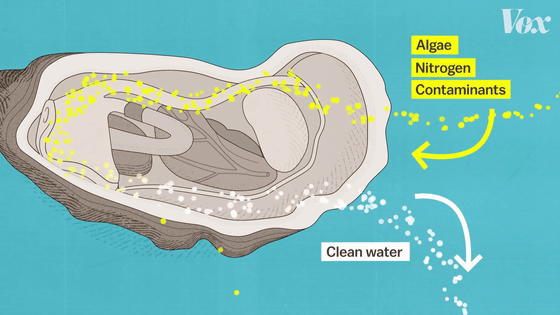
In the waters where persimmons have purified the water quality, seagrass, fish and other marine life will also be revived.

With the development of science and technology, our lives have changed radically from the 1600s, so our efforts to raise sea levels are not simple, and it is not enough to repeat the mistakes we once made. Vox, who released this movie, said, 'What we can learn from oysters is that by restoring the ecosystem of only one species, the ecosystem may be restored in a chain reaction and a more sustainable future may be created. It is summarized as.

Related Posts:
